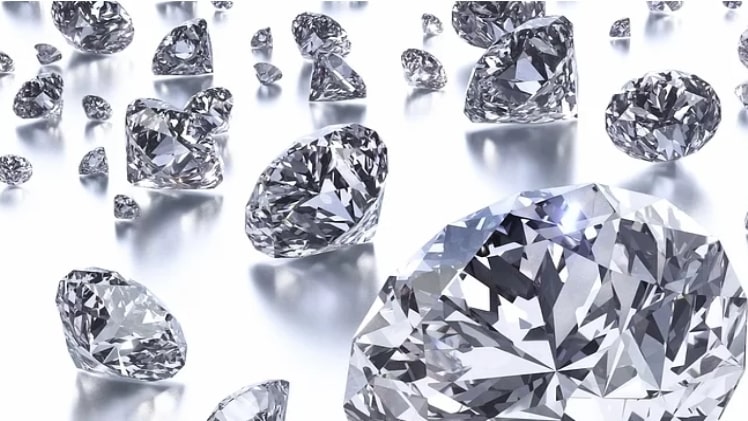During the last decade or so, a lot of people have been wondering about the difference between lab diamonds vs real diamonds. Although they both look and feel the same, there are some differences between the two types. For example, real diamonds are a bit rarer than lab-grown diamonds, but the differences are not significant enough to disqualify lab-grown diamonds, and the latter may even be more affordable.
Laboratory-grown diamonds
While diamonds are made by nature, scientists have developed ways to speed up the process. Rather than billions of years, the creation of a diamond in a lab only takes about 4 weeks. Unlike natural diamonds, however, lab-grown diamonds do not have natural origins, and are not sourced from nature. The process begins with heavy pressure under the earth’s crust. Volcanic eruptions press diamonds up through narrow shafts. Then, they must undergo a mechanical process in order to be polished and cut into the perfect diamond.
Despite being made in labs, both natural and lab-grown diamonds exhibit differences that cannot be detected with the naked eye. While diamonds are largely composed of carbon, they contain trace amounts of nitrogen and boron. Natural diamonds typically contain inclusions – tiny bits of foreign material that became trapped in the stone millions of years ago. The differences between natural and lab-grown diamonds are subtle and difficult to spot without sophisticated equipment.
One of the biggest differences between real and lab grown diamonds in the UK is the price. Lab-grown diamonds cost less than half as much as natural diamonds and can be more expensive at first. But the price of lab-grown diamonds is expected to fall further in the future as the cost of production decreases. This trend can be attributed to increased competition in the industry and competition among growers. A 1.5 carat diamond from a lab will be much cheaper than a real diamond with the same specs.
HPHT diamonds
Two different processes are used to create lab-grown diamonds: HPHT and CVD. HPHT diamonds are created by the HPHT process, which mimics the extreme heat and pressure that naturally form diamond crystals deep underground. In both processes, a high-purity carbon source is melted and atoms of carbon precipitate onto a tiny diamond seed crystal. These diamonds are then cut by a diamond cutter.
While HPHT diamonds are created using natural material, lab-grown diamonds are created by applying intense heat and pressure to make them artificially white. They must have better clarity than natural diamonds to be considered suitable for jewellery manufacturing. Additionally, HPHT diamonds are eco-friendly. Diamond mining companies typically remove tons of earth in order to harvest the precious gemstones they sell. Lab-grown diamonds are created without causing landmines.
Both methods can create high-quality diamonds. However, some of the information on the two processes is contradictory. The HPHT method uses intense heat and pressure to grow diamonds, while CVD uses less heat and chemical gases to break down the seed and create crystallized carbon atoms. This process can produce diamonds in weeks, not months, unlike lab-grown diamonds, which require several years to create.
CVD diamonds
Until recently, the only way to tell the difference between a natural diamond and a lab-grown one was by examination. The two techniques use different processes, but they all have one thing in common: the diamond seed is placed in a vacuum chamber that is heated to nearly 1500 degrees Fahrenheit. High temperatures create plasma that allows carbon pieces to be released from the diamond seed and grow the diamond. This process produces a Type IIA diamond, a rarer type than those produced by HPHT processes. Furthermore, CVD diamonds are not magnetic, unlike HPHT diamonds.
One big difference between natural diamonds and lab-grown diamonds is the cost of the latter. Natural diamonds must be found, harvested and processed. Once mined, they must be transported to jewelry manufacturers, wholesalers, and retailers. Ultimately, they must be sold through big diamond chains and independent retailers. CVD diamonds avoid most of these processes and are therefore more affordable. The price difference between natural and lab-grown diamonds is significant, and it is worth learning the difference.
Conclusion
In addition, natural diamonds are subjected to varying stresses throughout their growth history, which affects their clarity. However, HPHT synthetic diamonds grow uniformly in a high-pressure field, making them much clearer and less prone to strain lines. Ultimately, this difference is not significant in a diamond’s appearance. Despite the differences between the two processes, the resulting diamonds are equally beautiful and durable.

